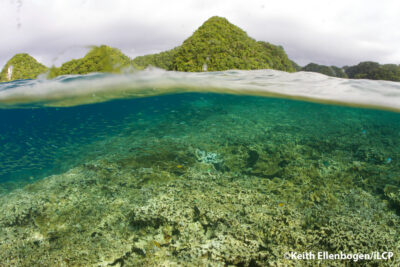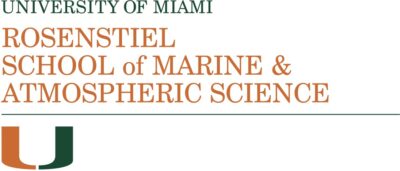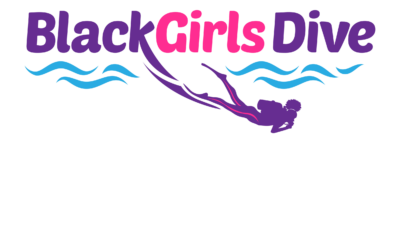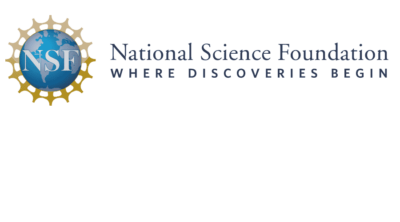Protist Prophets
Forams as bioindicators of coral reef health

The Khaled bin Sultan Living Oceans Foundation (KSLOF) is working with our partners at the University of Miami’s Rosenstiel School of Marine and Atmospheric Science on a National Science Foundation (NSF)-funded project called “Protist Prophets – Foraminifera as Global Bioindicators for Past and Present Coral Reef Health.” Led by Professor Sam Purkis, Chair of the Department of Marine Geosciences at the University of Miami and KSLOF’s Chief Scientist, this project is taking a microscopic look at seabed samples collected on the Global Reef Expedition (GRE) to assess the state of the coral reef environment over time.
By looking at the ancient shells of tiny microorganisms called foraminifera (‘forams’ for short) that live on and in the sediment surrounding coral reefs, scientists can get an indication of how that reef was doing over time. There are many species of forams, some of which thrive in clean and clear water that corals prefer, and others that are more commonly found on reefs that have more nutrients or pollutants in the water. By looking at the species of forams present in the sediment surrounding coral reefs, scientists can get an idea of the health of the coral reef environment at the time those shells (or ‘tests’) were formed. The samples we collected should allow us to look back at the health of these coral reef ecosystems over the past 1,000 years.
This type of analysis can help marine managers prioritize their conservation efforts by identifying which reefs may have been relatively ‘pristine’ in the past, and which reefs may have been surviving in marginal conditions for centuries. This knowledge can also help identify resilient reefs that stand a better chance of surviving in an era of rapid environmental change.
While scientists at the University of Miami figure out how to run these types of analyses and sort through thousands of sediment samples we collected on the GRE, we will be busy developing a packet of educational resources called “Little Creatures with A Big Message” to share this science and knowledge of forams with students and teachers. These educational resources will amplify math and science skills among middle and high school students, use real-world contexts and problem-based learning to increase ocean literacy, and support teachers integrating STEM (science, technology, engineering, and math) into their classrooms.
As we develop these educational resources, we will be working closely with our partners at Black Girls Dive Foundation to see how effective the lessons are with middle and high school students in Baltimore. Once complete, these resources will be incorporated into our “Corals in the Classroom” professional development for educators. After the curriculum is vetted by these educators, it will be added to our Education Portal and shared with the world.
Partner Profiles
 The University of Miami’s Rosenstiel School of Marine and Atmospheric Science is one of the world’s premier marine and atmospheric research institutions. Founded in 1943, the Rosenstiel School of Marine and Atmospheric Science conducts transformational research while educating their students, the public, and tomorrow’s scientific leaders.
The University of Miami’s Rosenstiel School of Marine and Atmospheric Science is one of the world’s premier marine and atmospheric research institutions. Founded in 1943, the Rosenstiel School of Marine and Atmospheric Science conducts transformational research while educating their students, the public, and tomorrow’s scientific leaders.
 Black Girls Dive Foundation is a Maryland non-profit organization that seeks to inspire and empower young girls and women to engage in aquatic-based STEM and recreation activities. Through their programs, girls explore diverse marine ecosystems and learn about coral reef ecology and ocean science and how to become stewards of the environment.
Black Girls Dive Foundation is a Maryland non-profit organization that seeks to inspire and empower young girls and women to engage in aquatic-based STEM and recreation activities. Through their programs, girls explore diverse marine ecosystems and learn about coral reef ecology and ocean science and how to become stewards of the environment.
 This project is generously funded by a grant, under award number SGP 17-536, from the National Science Foundation (NSF), a U.S. government agency that supports fundamental research and education in science and engineering.
This project is generously funded by a grant, under award number SGP 17-536, from the National Science Foundation (NSF), a U.S. government agency that supports fundamental research and education in science and engineering.